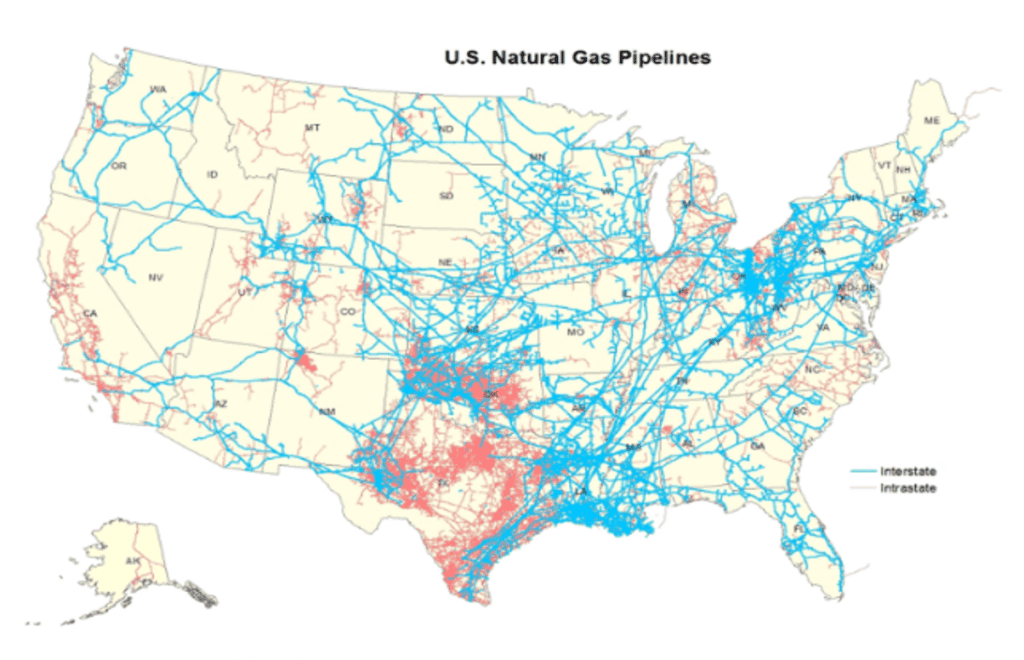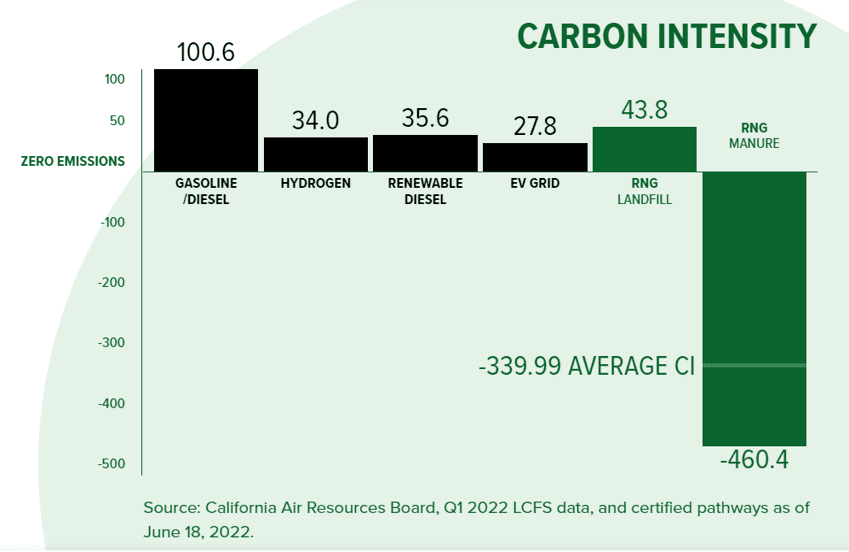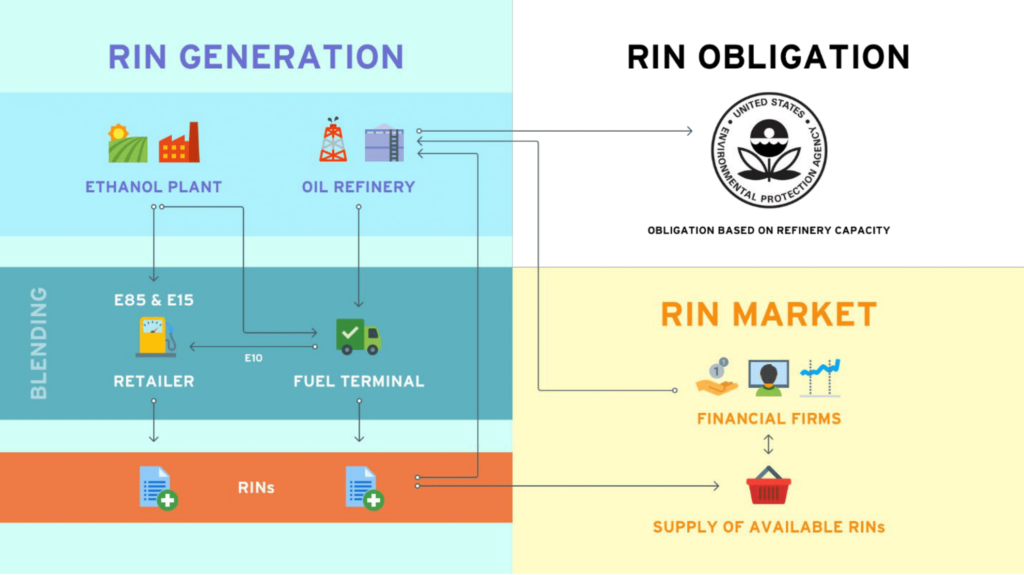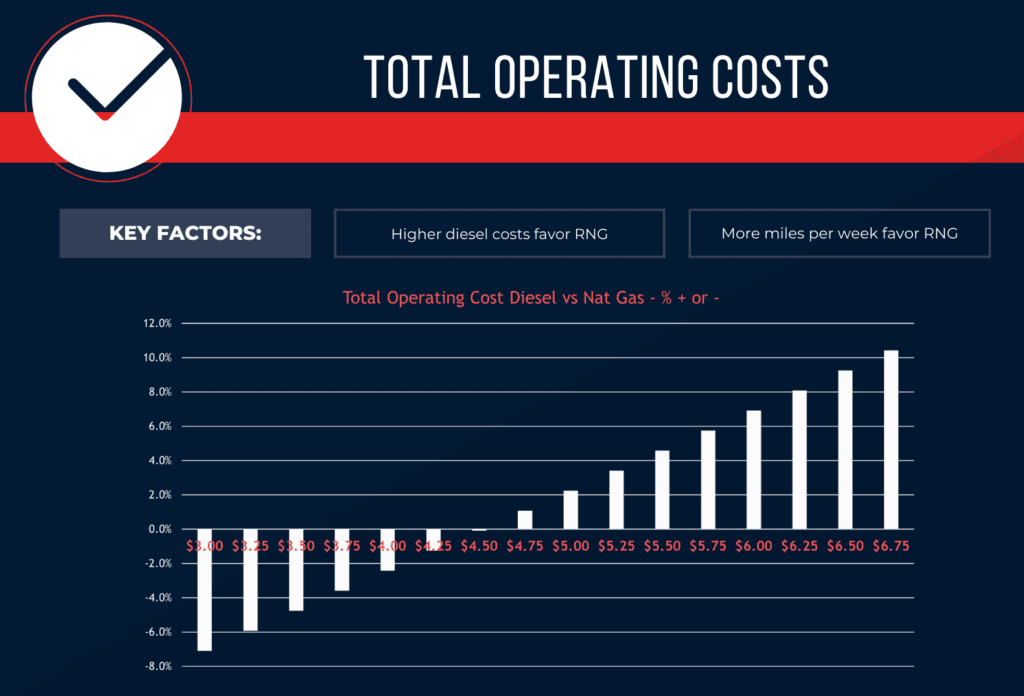In a groundbreaking announcement on June 21, 2023, the U.S. Environmental Protection Agency (EPA) unveiled a pivotal final rule that promises to reshape the landscape of renewable energy in the transportation sector. The recently established volume targets and standards for cellulosic biofuel, a major component of which is Renewable Natural Gas (RNG), mark a significant leap forward in the nation’s pursuit of sustainable and low-carbon fuel alternatives.
As reported by CleanTechnica on December 11, 2023, the EPA’s ambitious targets are poised to have far-reaching implications, particularly in driving the production of RNG. This article delves into the details of the EPA’s Renewable Fuel Standard (RFS) program and explores how the increased volume targets are set to catalyze the expansion of RNG production, ushering in a new era for the trucking industry and the broader transportation landscape.
The increased volume targets for cellulosic biofuel, particularly Renewable Natural Gas (RNG), as part of the Renewable Fuel Standard (RFS) program is likely to have several impacts on the trucking industry and the broader transportation sector:
1. Increased Demand for RNG in Transportation:
The higher volume targets set by the EPA will drive an increase in RNG production, as it is a major component of cellulosic biofuel. This will lead to a greater availability of RNG for use as a transportation fuel. As RNG has had more visibility in the market as an alternative fuel, we have seen interest from customers as a viable fuel source to meet their ESG needs.

Source: “Decarbonize Transportation with Renewable Natural Gas,” Natural Gas Vehicles America, May 2022.
2. Expansion of RNG Infrastructure:
The trucking industry may see an expansion of infrastructure to support the use of RNG. This includes more RNG refueling stations, making it easier for trucking fleets to adopt RNG-powered vehicles.
Below is a map of US Natural Gas Pipeline Infrastructure.

Source: American Energy Mapping (AEM) 2013
Below is a map of US Natural Gas Fueling Stations.

Source: Alternative Fuels Data Center: Natural Gas Fueling Station Locations (energy.gov)
3. Reduced Greenhouse Gas Emissions:
RNG is considered a low-carbon or even carbon-negative fuel when produced from waste streams. The increased use of RNG in transportation can contribute to reducing greenhouse gas emissions in the trucking sector, aligning with broader environmental goals.

4. Market Incentives and Trading:
The Renewable Identification Numbers (RINs) system, where producers can trade RINs, creates market incentives for compliance with the RFS program. Producers meeting or exceeding the cellulosic biofuel targets may find opportunities to trade RINs, affecting the economic landscape for biofuel producers.

Source: “RINS 101: The Basics of Renewable Identification Numbers,” Growth Energy, 2018.
5. Integration Challenges:
While RNG is fully interchangeable with fossil-based natural gas (CNG), the integration of RNG into existing natural gas vehicle fleets may pose some challenges. Fleets may need to make adjustments to accommodate the increased use of RNG, including potential modifications to vehicles and refueling infrastructure.
6. Technology and Innovation:
The increased targets may stimulate technological advancements and innovations in RNG production methods. Producers may invest in more efficient and cost-effective technologies to meet the growing demand for cellulosic biofuels.
7. Economic Impacts on the Trucking Industry:
The rule could have economic implications for the trucking industry. Fleets that invest in RNG-powered vehicles and infrastructure may benefit from compliance with environmental regulations and potentially lower operating costs over the long term.

Operating model based on the dedicated fleet cost for a diesel truck vs. natural gas truck.
8. Transition Period:
The industry may undergo a transition period as it adapts to the new requirements. This could involve education and training for trucking professionals, adjustments to supply chains, and coordination with fuel suppliers to ensure a smooth integration of RNG into the transportation fuel mix.
In summary, the EPA’s final rule is likely to promote the use of RNG in the transportation sector, including trucking, with potential environmental and economic benefits. The trucking industry may need to adapt to these changes, but it also presents opportunities for innovation and sustainability in the long run.
